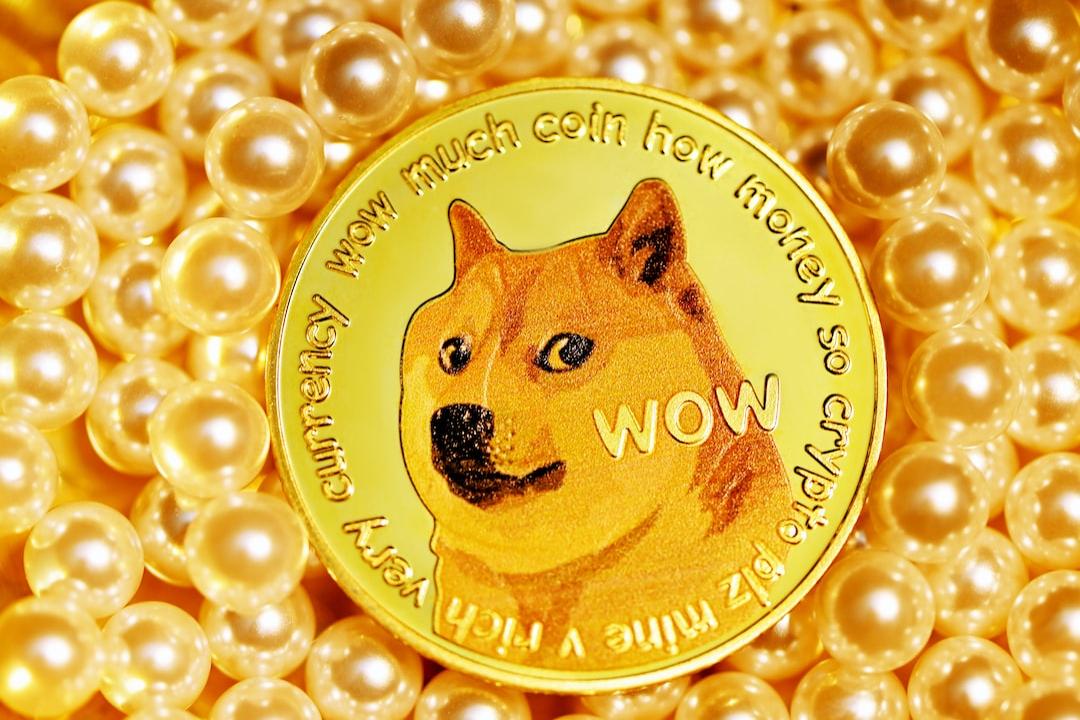Key Features of Blockchain Data Structure
Blockchain is a distributed ledger system that records transactions across multiple computers, ensuring decentralized control. This structure enhances security and accessibility, even if some network nodes fail or are compromised. Each transaction is recorded in blocks linked cryptographically to maintain immutability. Attempts to alter data are easily detectable due to changes in subsequent blocks’ cryptographic links.
### Data Processing and Querying in Blockchain
In blockchain networks, querying involves accessing the distributed ledger stored across multiple nodes. Unlike traditional databases allowing real-time queries, blockchain queries are typically read-only. Users request specific block or transaction information from nodes, which respond with the required data. However, this distributed structure often requires multiple connections, slowing down query speed compared to centralized databases.
### Improving Blockchain Data and Queries
To enhance blockchain query efficiency, advanced indexing techniques like precomputed indexes and caching frequently accessed data are employed. SubQuery Network, a decentralized data indexing and querying protocol, optimizes these processes by distributing data processing across nodes. Its SDK aids developers in efficiently navigating and presenting blockchain data, ensuring faster query results and reduced costs.
### Multichain Indexing and its Functionality
Multichain indexing integrates data from various blockchain networks into a unified interface, eliminating inefficiencies caused by separate systems. Platforms like SubQuery simplify indexing and querying across different ecosystems (e.g., Polkadot, Cosmos), supporting developers in managing diverse blockchain data under a single project and database.
### Benefits of Interconnected Networks for Web3 Developers
Interconnected blockchain networks provide developers with enhanced data integration capabilities across multiple platforms. SubQuery further streamlines this by supporting over 200 networks, facilitating unified data querying and accelerating app development and scalability. Its decentralized structure ensures robust performance and reliability, crucial for data-intensive Web3 applications.
By leveraging interconnected blockchain networks and advanced querying tools like SubQuery, developers can innovate more effectively within the blockchain ecosystem, ensuring seamless data management and application scalability.

